Pretty cool.
Ready for some buzzword salad? David Gewirtz combines OctoPrint with OctoPi on the Raspberry Pi to drive his LulzBot Mini 3D printer. It’s actually harder to say than to do. Read on to learn how.
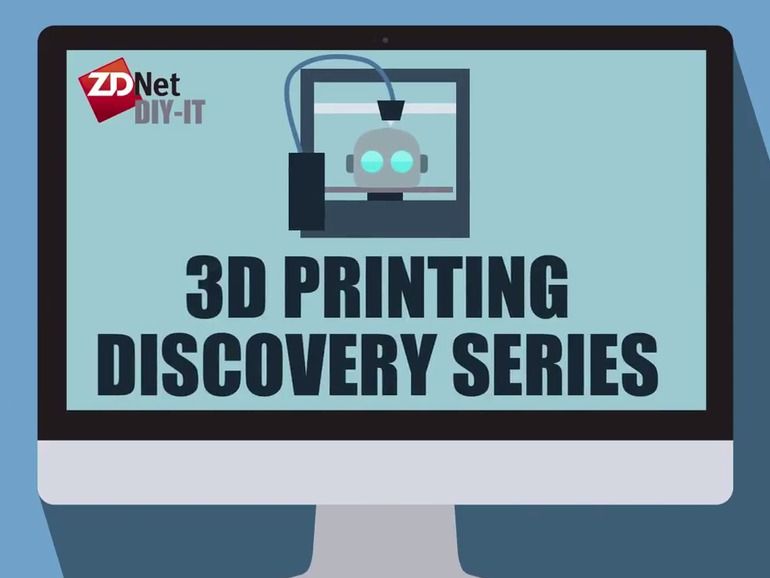
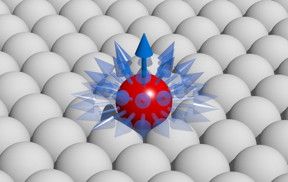
Stable nanomagnets that ultimately improves data storage on the smallest of devices.
Abstract: So-called “zero-point energy” is a term familiar to some cinema lovers or series fans; in the fictional world of animated films such as “The Incredibles” or the TV series “Stargate Atlantis”, it denotes a powerful and virtually inexhaustible energy source. Whether it could ever be used as such is arguable. Scientists at Jülich have now found out that it plays an important role in the stability of nanomagnets. These are of great technical interest for the magnetic storage of data, but so far have never been sufficiently stable. Researchers are now pointing the way to making it possible to produce nanomagnets with low zero-point energy and thus a higher degree of stability (Nano Letters, DOI: 10.1021/acs.nanolett.6b01344).
Since the 1970s, the number of components in computer chips has doubled every one to two years, their size diminishing. This development has made the production of small, powerful computers such as smart phones possible for the first time. In the meantime, many components are only about as big as a virus and the miniaturization process has slowed down. This is because below approximately a nanometre, a billionth of a meter in size, quantum effects come into play. They make it harder, for example, to stabilise magnetic moments. Researchers worldwide are looking for suitable materials for magnetically stable nanomagnets so that data can be stored safely in the smallest of spaces.
In this context, stable means that the magnetic moments point consistently in one of two preassigned directions. The direction then codes the bit. However, the magnetic moments of atoms are always in motion. The trigger here is the so-called zero-point energy, the energy that a quantum mechanical system possesses in its ground state at absolute zero temperature. “It makes the magnetic moments of atoms fluctuate even at the lowest of temperatures and thus works against the stability of the magnetic moments”, explains Dr. Julen Ibañez-Azpiroz, from the Helmholtz Young Investigators Group “Functional Nanoscale Structure Probe and Simulation Laboratory” at the Peter Grünberg Institute and at the Institute for Advanced Simulation. When too much energy exists within the system, the magnetic moments turn over and the saved information is lost.
Synthetic diamonds and the manufacturing of diamonds in mass quantity (including 3D Printing) is going to explode over the next few years with QC, Medical devices and technologies, smartphones, etc. Again, I hope Intel, Nvidia, HP, Xerox, etc. are listening.
Chicago-based startup Akhan Semiconducton wants to replace the silicon found in most modern-day electronics with diamonds derived from methane gas.
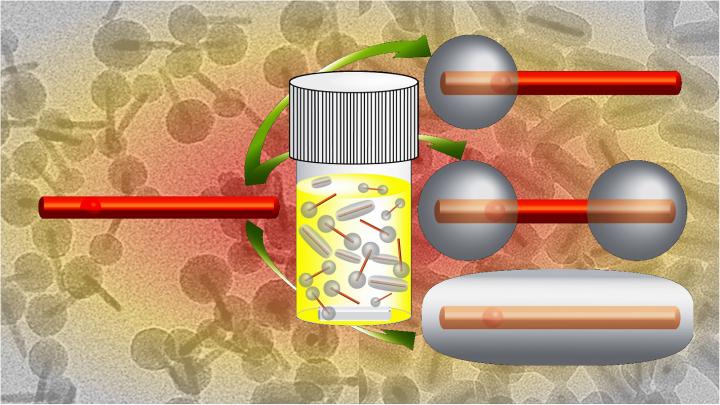
Faster and better method around Q-dots development which ultimately extends the quality of Quantum Dots plus mass production of Q-Dots is much faster through this new method. Hoping this causes the costs of new cameras, phone displays, monitors/ video displays are now able to be created more cheaply and in larger quantities.
Materials researchers at North Carolina State University have fine-tuned a technique that enables them to apply precisely controlled silica coatings to quantum dot nanorods in a day — up to 21 times faster than previous methods. In addition to saving time, the advance means the quantum dots are less likely to degrade, preserving their advantageous optical properties.
Quantum dots are nanoscale semiconductor materials whose small size cause them to have electron energy levels that differ from larger-scale versions of the same material. By controlling the size of the quantum dots, researchers can control the relevant energy levels — and those energy levels give quantum dots novel optical properties. These characteristics make quantum dots promising for applications such as opto-electronics and display technologies.
But quantum dots are surrounded by ligands, which are organic molecules that are sensitive to heat. If the ligands are damaged, the optical properties of the quantum dots suffer.
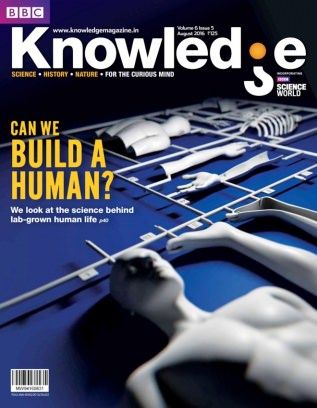

A team of scientists from Oxford University has shown how the natural movement of bacteria could be harnessed to assemble and power microscopic ‘windfarms’ — or other man-made micromachines such as smartphone components.
The study, published in the journal Science Advances (“Active micromachines: Microfluidics powered by mesoscale turbulenceence”), uses computer simulations to demonstrate that the chaotic swarming effect of dense active matter such as bacteria can be organised to turn cylindrical rotors and provide a steady power source.
Scientists simulate tiny bacteria-powered ‘windfarm’.
Satya Nadella bounded into the conference room, eager to talk about intelligence. I was at Microsoft’s headquarters in Redmond, WA, and the company’s CEO was touting the company’s progress in building more intelligent apps and services. Each morning, he told me, he puts on a HoloLens, which enables him to look at a virtual, interactive calendar projected on a wall of his house. Nadella appeared giddy as he described it. The system was intelligent, productive, and futuristic: everything he hopes Microsoft will be under his leadership.
No matter where we work in the future, Nadella says, Microsoft will have a place in it. The company’s “conversation as a platform” offering, which it unveiled in March, represents a bet that chat-based interfaces will overtake apps as our primary way of using the internet: for finding information, for shopping, and for accessing a range of services. And apps will become smarter thanks to “cognitive APIs,” made available by Microsoft, that let them understand faces, emotions, and other information contained in photos and videos.
Microsoft argues that it has the best “brain,” built on nearly two decades of advancements in machine learning and natural language processing, for delivering a future powered by artificial intelligence. It has a head start in building bots that resonate with users emotionally, thanks to an early experiment in China. And among the giants, Microsoft was first to release a true platform for text-based chat interfaces — a point of pride at a company that was mostly sidelined during the rise of smartphones.

You got to luv this one.
The security agency must defend itself in a US appeals court for violating the rights of a convicted bomber by supposedly illegally spying on him.
A US appeals court will weigh a constitutional challenge on Wednesday to a warrantless government surveillance program, brought by an Oregon man found guilty of attempting to detonate a bomb in 2010 during a Christmas tree-lighting ceremony.
The case before a three-judge panel of the 9th US Circuit Court of Appeals is the first of its kind to consider whether a criminal defendant’s constitutional privacy rights are violated under a National Security Agency (NSA) program that allows spying on Americans’ international phone calls and internet communications.
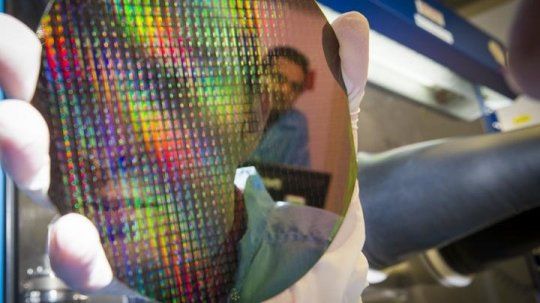
Nice.
Researcher Tim Burgess added atoms of zinc to lasers one hundredth the diameter of a human hair and made of gallium arsenide — a material used extensively in smartphones and other electronic devices.
The impurities led to a 100 times improvement in the amount of light from the lasers.
“Normally you wouldn’t even bother looking for light from nanocrystals of gallium arsenide — we were initially adding zinc simply to improve the electrical conductivity,” said Mr Burgess, a PhD student in the ANU Research School of Physics and Engineering.